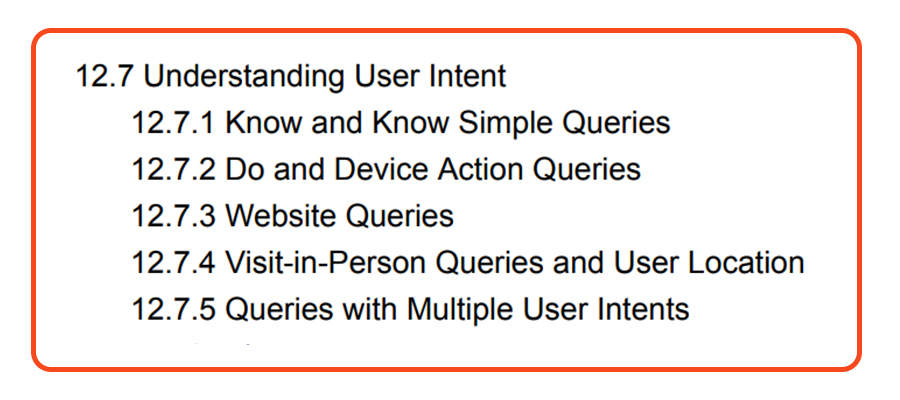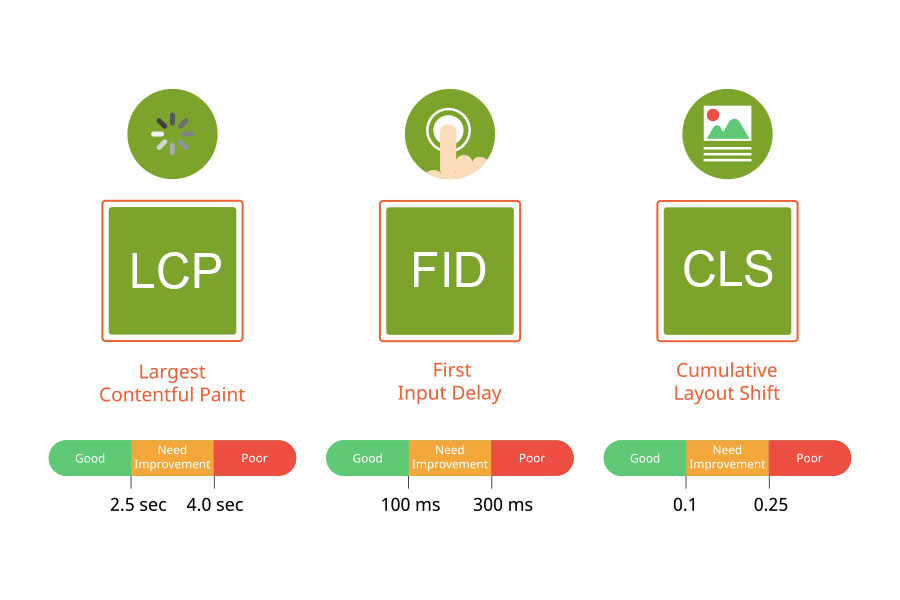For a long time now, Google's search results have been a lot more than just simple plain links. On some searches, you'll come across this special box at the very top of the page. This box is called a Featured Snippet. And, it's FREE.
The featured snippets are often referred to as Google’s Position 0 since it appears before the first organic result
Types of Featured Snippets
The goal of the featured snippet as an element in Google’s SERPs (Search Engine Results Page) is to give the user a short and direct answer to their search query straight away. The content that you see inside of a Featured Snippet is actually pulled from web pages in Google's index.
Being featured there will mean getting more brand exposure and authority, along with a higher CTR (Click-through rate), in fact, HubSpot research has shown that the rate is 2X higher. So, aiming for position 0 is even more helpful and effective for driving users to your website than just trying to be the first organic result, aka position 1.
There are 4 main types of featured snippet formats:
- Paragraphs,
- Lists,
- Video,
- and Tables.
Each one of them will show up according to the search made.
Paragraphs
Paragraphs are the most common type of featured snippets by far. They are shown mostly in questions and word definition queries. How to…, why…, who…, where…, are the types of questions that usually will result in a paragraph snippet.
Lists
Lists are the second more common type of snippets. They can show up numbered or bulleted and they will usually appear when searching for recipes, rankings, step-by-step guides, best something (beaches, cars, tennis players, places to live, etc).
Video
Video content makes up over 70 percent of all web traffic, so it's important to optimise them for search engines and to appear in Google's Featured Snippets as a visual/auditory format as an answer to a query. Video-rich snippets will usually show up for search queries that require visual explanations, like ‘How-To’ searches. A short clip will be taken from longer videos to directly answer the question. For your video to be a suggested clip, it. needs to be in the top 10 of the relevant keyword SERPs.
Tables
Tables are the least likely to appear in a search query, usually, they show up in posts with comparison charts. The content must be well-structured with prices, years, or some other figure.
Google introduced this feature to its SERPs in 2014 and they have proven to be one of the most prominent changes in the past decade as featured snippets provide a short cut to the top organic position. But how do you get there?
How do you optimise your website content for the Featured Snippet?
Let's look at our top 4 power moves that you can make when it comes to trying to optimise your site for featured snippets.
The Power of Asking a Question
To leverage the power of a featured snippet you need to understand the power of asking questions within your SEO structure. According to SEMRush, 29% of keywords that trigger a featured snippet will start with a question-based word such as “why,” “do,” and “can.”. The top queries that resulted in featured snippets are 77.6% of questions that started with “why”; and 72.4% of queries that started with “can”.
Questions that begin with 'where', will trigger featured snippets least often at just 18.6%, because Google will usually default to other search features, such as Local Pack or Map.
TIP: Make sure you answer multiple questions in an article or have a series of articles based on the questions surrounding your keyword.

The Power of Words
We all know words are pretty powerful when it comes to SEO. Everything we do is centered around keywords that people use to search for our brand, products, or services. The importance of certain words is also powerful when trying to snag a featured snippet.
In fact, an Ahrefs study found that certain search queries using the words Recipe, Best, Vs, Make, and Definition (to name a few) have a better chance of getting featured.
Other words include:
- Number
- Cost
- Meaning
- Windows
- Price
Including relevant keywords on your pages will not only help you rank for featured snippets, but it will help you rank all across Google. However, when choosing your keywords if they show a specific need or intent then a featured snippet is more likely to happen.
The Power of Searcher Intent
One of the most important things you can do when optimising for featured snippets is understanding searcher intent. Understanding searcher intent is crucial because it will allow you to rank for the right terms, so featured snippets are easier to achieve.
For Google satisfying Search Intent is ultimately the #1 goal, so If your site's content answers a user's search query, it might show up in the search. Top ranking pages that answer the user's questions earn featured snippets.
Before Google decides to give your site featured snippet status, it first has to check if your site's content is of high quality and enough people are engaging with your website.
It's important to note that featured snippets aren't always the answer. If Google thinks another result on the page provides a better answer, then that will be featured instead. So keep in mind that even if you're not trying to rank for featured snippets, it's still important to create website content that answers searchers' questions.
Another thing you should keep in mind is the featured snippet schema. This will allow your featured snippet to include more details and improve user experience through richer results . You can implement this on your website by adding structured data markup to your pages.
When it comes to featured snippets, the number of featured snippets your website appears for is also a big factor. If you want to appear as many times as possible in featured snippets, make sure you understand searcher intent and include relevant terms on each page. Check out Google's General Guidelines where you'll see how important search intent is and why it needs to be a big part of your approach.

For SEO searcher intent is redefining the marketing funnel
If your page doesn't satisfy searcher intent then you will find it very hard to rank.
The Power of Content and Page Structure
Paragraphs and lists are the most common featured snippets, with 50% of all results being paragraphs. So how you structure your content for a featured snippet is very important.
When it comes to optimising your content, paragraph-style featured snippets that have around 58 words tends to do better. With lists look at 6 items on average. With table-style, featured snippets have 5 rows and with videos, the duration should be about 6 minutes.
Adding H1, H2, H3 tags also help your content to be more scannable and add images to break up text blocks. Don't forget to add alt tags with your images for better SEO practices.

As you can see in the image above, you should have an area on the page where the search query appears in a header tag, then the content that you want to appear in the featured snippet aka your answer should be placed in the paragraph tag.
Top Tips to Optimise for Featured Snippets
If you want to optimise for featured snippets make sure you:
- Know which featured snippet keywords you rank for on page 1 of Google.
- Understand your searchers intent.
- Provide succinct answers and easily digestible content. According to SEMRush Featured snippet hubs, on average, contain 1,100 or more words and take about 5 minutes to read.
- Make sure your domain is secure. 98% of featured snippets use HTTPs. Thanks, SEMRush for the stats. This could also be because Google, for some time now, has been giving a rank push to HTTPS sites.
If you're able to get your content featured in position 0, you'll definitely give your organic traffic to your website a boost. But your content can't stand on its own. It needs to be strategic. So make sure you start with keywords that have clear search intent and then expand on that with content that your audience will find valuable. Lastly, make sure the content is search engine optimised to gain momentum. Earning a featured snippet takes effort, structure and understanding of what Google requires from you for them to provide the best user experience possible when users are searching.
If you have any questions about featured snippets or whatever else SEO related, feel free to get in touch with us! Thanks for reading our article about featured snippets and how to optimise for featured snippets.










